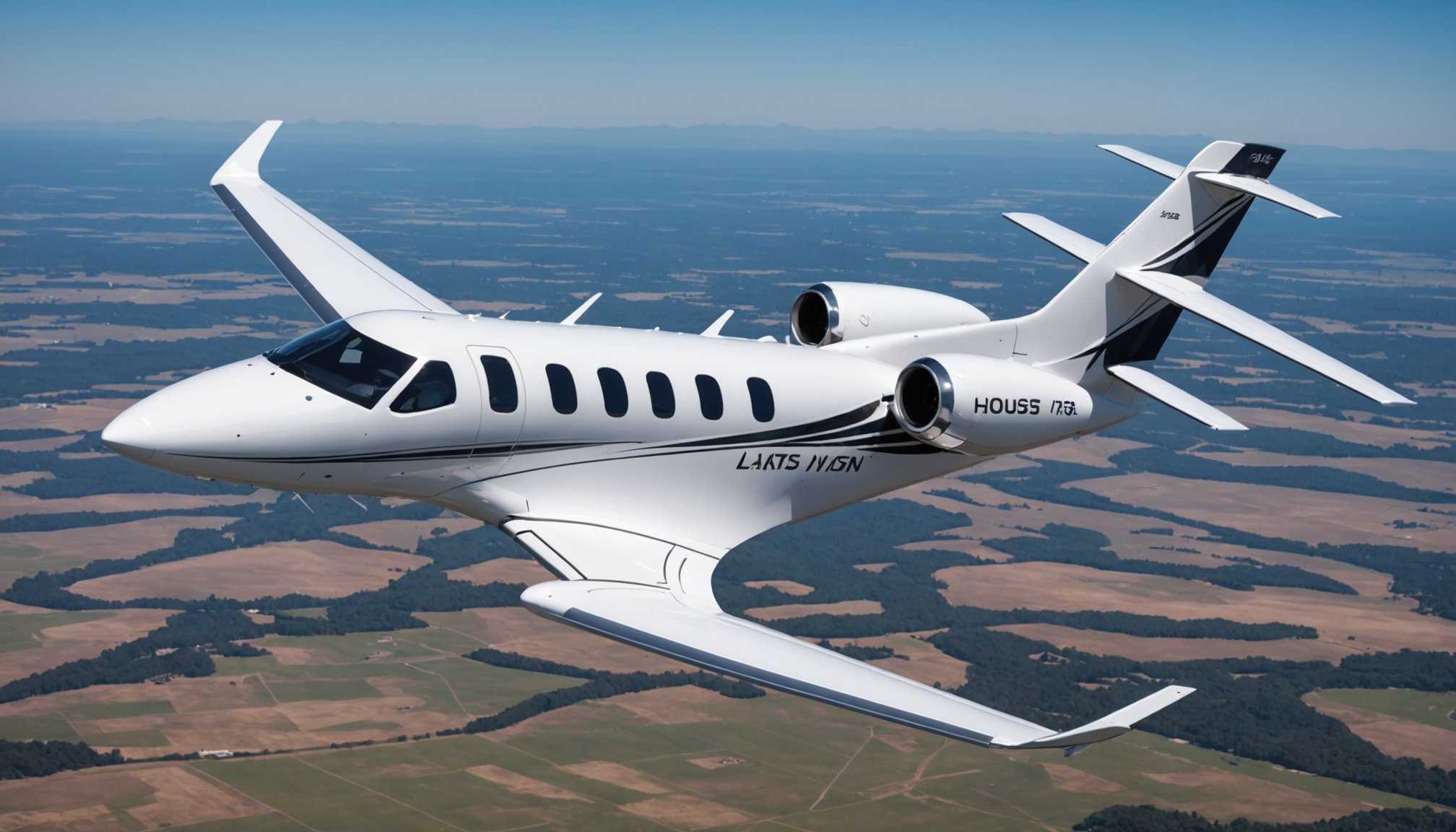The Cirrus Vision Jet redefines personal aviation with spacious carbon-fiber construction and panoramic windows that elevate comfort and visibility. Cutting-edge safety features like an emergency autoland system and the Cirrus Airframe Parachute System® provide unmatched peace of mind. Advanced avionics, in-flight connectivity, and customizable interiors make this jet a benchmark in light aviation innovation and convenience.
Premier
The cirrus jet emerged as a groundbreaking addition to private aviation, combining innovative design and safety features. Development began in 2003, and after overcoming financial hurdles, it received FAA certification in 2016, setting a milestone as the first certified single-engine civilian jet. The aircraft prioritizes passenger comfort with a spacious, carbon fiber fuselage and panoramic windows, offering an immersive flying experience highlighted by a luxury interior and advanced avionics.
Also to read : Ultimate Handbook for Conducting Impactful Post-Competition Psychological Debriefings for Equestrian Athletes
Performance specifications include a top speed of around 311 knots and a range exceeding 1,200 nautical miles, making it suitable for various personal and regional flights. Safety measures, notably the Cirrus Airframe Parachute System® (CAPS®), provide a vital safety layer in emergencies, aligning with Cirrus’s reputation for integrating ballistic parachute technology.
Designed to appeal to owners transitioning from piston aircraft or seeking a personal jet option, the Vision Jet also features cutting-edge navigation and connectivity options, such as Garmin’s Safe Return™ system and Wi-Fi.
Also to see : How to Install a Dash Cam in Your Range Rover Evoque: A Comprehensive Guide for Maximum Security
Technical Specifications and Performance Analysis
Dimensions, Capacity, and Cabin Features
The Cirrus Vision Jet stands out within the very light jet category due to its carbon fiber airframe, resulting in a spacious yet lightweight personal jet aircraft. The pressurized cabin accommodates up to five adults and two children, with dimensions measuring 5.1 feet wide and 4.1 feet high. Luxury seating options and configurable layouts paired with large panoramic windows and enhanced cabin comfort features deliver an upscale travel experience. On-board entertainment systems, USB-C charging, and climate controls empower both productivity and relaxation, setting a high benchmark for aircraft interior design in this market.
Performance Metrics: Cruise Speed, Range, and Ceiling
Focusing on single-engine jet performance, the Vision Jet achieves a max cruise speed of approximately 311-345 knots and a jet range capability exceeding 1,200 nautical miles. Fuel efficiency metrics impress, with cruise consumption as low as 45 gallons per hour and a maximum near 69, optimizing private jet ownership costs and supporting short takeoff and landing performance on various runways. The ceiling reaches up to 31,000 feet in the G2+ variant, expanding possible routes for both business and personal travel.
Engine Details and Aerodynamics
A Williams FJ33-5A turbofan engine powers the Cirrus SF50, delivering reliable thrust in a single-engine configuration. Composite construction enhances safety and durability while improving the aircraft’s environmental impact, and advanced aerodynamic design ensures agile flight handling, a reduced noise footprint and regulations compliance, and lower maintenance and operating costs—vital for efficient very light jet category models.
Safety and Technological Innovations
Garmin G3000 Flight Deck and Autopilot Features
The Cirrus Vision Jet distinguishes itself in the personal jet aircraft market with the Garmin G3000 flight deck, a suite that combines touchscreen controls, split-glass displays, and integrated smart cockpit technology. These advanced flight control systems provide real-time situational awareness. Pilots benefit from streamlined flight planning and navigation tools, while features such as autothrottle and envelope protection help reduce pilot workload. The system delivers precise jet range capabilities and cruise speed statistics, enhancing single-engine jet performance and making single-pilot operation not only possible but practical, even on longer short takeoff and landing performance missions.
Cirrus Airframe Parachute System (CAPS) and Emergency Autoland
Ballistic parachute technology sets a new standard for aircraft safety systems in the very light jet category. The Cirrus Airframe Parachute System is engineered to deploy a whole-airframe parachute, offering a last-resort safeguard unmatched in most jet cabin comfort features. Paired with Garmin’s Safe Return emergency autoland, the aircraft will autonomously navigate and land itself, dramatically enhancing private jet ownership safety and meeting stringent aircraft certification standards.
Safety Record, Incidents, and Certification Standards
Certification standards for the Cirrus SF50—also known as the Cirrus Vision Jet—exceed typical norms in its class, requiring dedicated pilot training requirements and compliance checks tied to its advanced aircraft safety systems. The safety record includes notable CAPS deployments with no fatalities, underlining the value of innovative emergency landing features within the evolving personal jet aircraft landscape.
Market Impact, Pricing, and Ownership Considerations
Pricing Trends, Base Cost, and Fully Equipped Variants
The Cirrus Vision Jet helped define the very light jet category with a starting price of around $1.9 million for base models. Fully equipped variants with advanced cockpit and avionics features and luxury seating options can exceed $2.5 million, following recent price trends for personal jet aircraft. Factors like custom interior design, technology integration with mobile apps, and on-board entertainment systems contribute to higher costs for bespoke models.
Operating and Maintenance Costs; Cost-Effectiveness
Private jet ownership costs for the Vision Jet remain among the most competitive in the segment. Fuel efficiency metrics suggest consumption of 62–65 gallons per hour, translating to operating costs of approximately $1,200–$1,500 per hour—lower than many jets in the personal jet aircraft space. Maintenance and operating costs typically total $30,000–$50,000 per year, underscoring its reputation for reasonable total cost of ownership in the very light jet category.
Competitive Analysis with Similar Light Jets and Market Trends
In aircraft price comparison with rivals like the HondaJet and Cessna Citation M2, the Vision Jet stands out through innovative aircraft safety systems—especially ballistic parachute technology—and proven single-engine jet performance. With strong jet range capabilities and efficient cruise speed statistics, the Vision Jet is widely regarded as a pivotal force shaping private aviation market trends.








